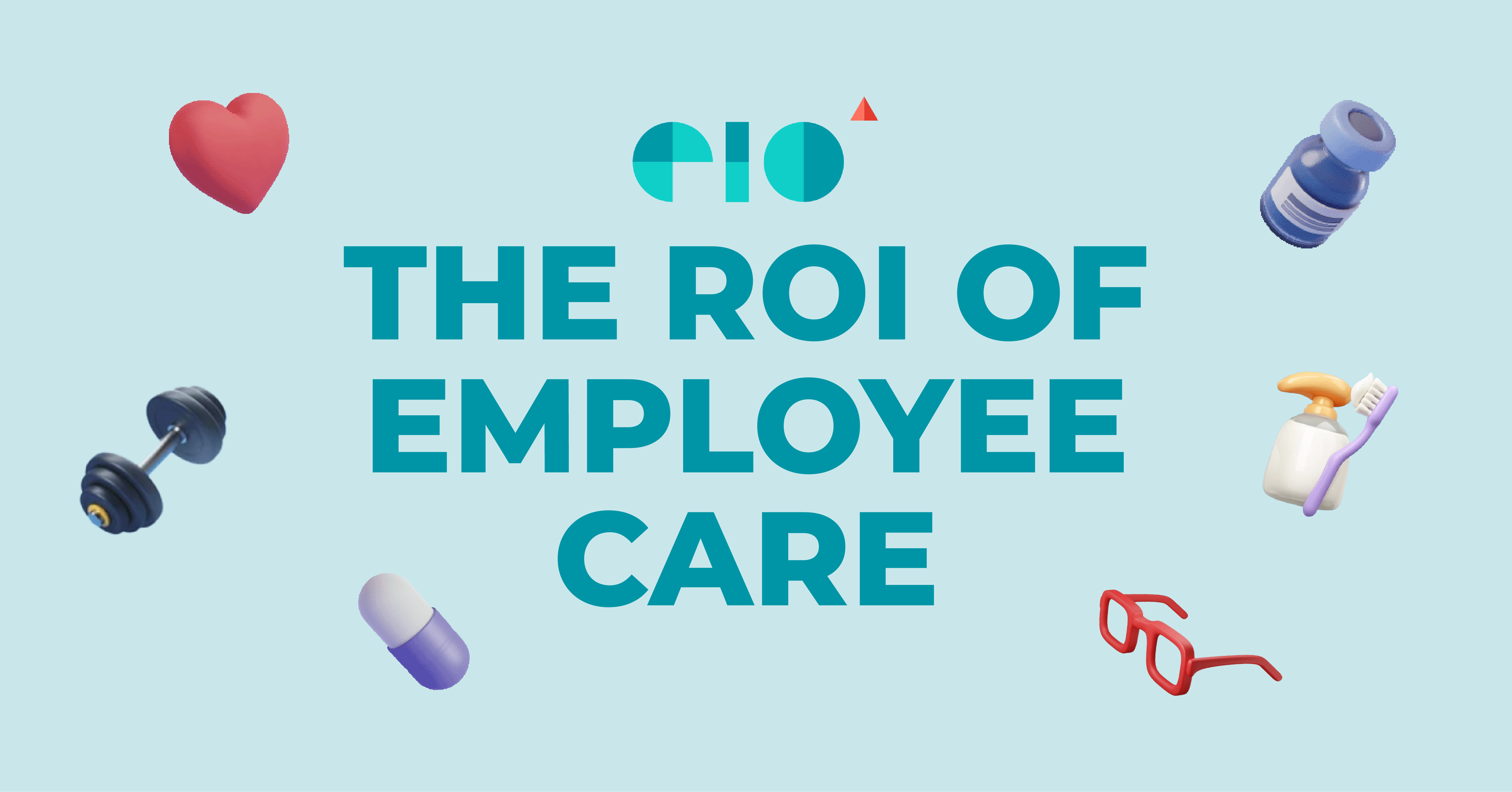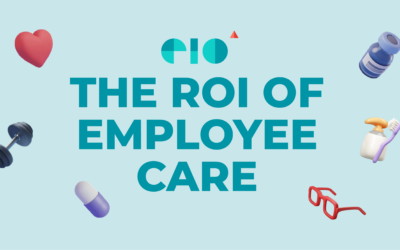Designing Effective Employee Training Programs
What major factors should HR managers look at when designing a training program for employees within their organization?
Experts1 believe that the design of effective training programs should focus on at least four factors:
- The training’s instructional objectives
- Readiness and motivation of trainees
- Principles of learning
- Characteristics of instructor(s)
1. Instructional Objectives” font_container
Written instructional objectives describe the skills or knowledge to be acquired and/or the attitudes to be changed by the training. The objectives should focus on performance and include precise terms: to calculate, to repair, to adjust, to classify, etc.2
2. Trainee Readiness and Motivation
Readiness and motivation are two preconditions for learning because they directly influence the success of those who undergo training. Trainee readiness relates to whether they have the knowledge and skills necessary to absorb the material to be presented to them.
Trainee motivation refers to understanding the link between the effort they put into training and the payoff or reward awarded by the training. Why is the training important? What will the employee gain by attending attending? What are the disadvantages of missing the training?
3. Principles of Learning
Effective training builds a bridge between employees and the organization by incorporating psychological principles of learning which help employees grasp new material, make sense of it in their own lives, and transfer the knowledge back to their individual jobs. Some of these principles include:
- Goal setting
- Active practice and repetition
- Feedback and reinforcement
- Distributed learning
- Modeling
4. Characteristics of the Instructor(s)
The success of the training will largely depend on the teaching skills and personal characteristics of the instructor. A good trainer demonstrates preparation and an extensive knowledge of the subject matter, is enthusiastic, communicates clearly, and has a genuine interest in the success of their trainees.
Talk to an EIO Manager About The Best Training for Your Employees
Sources:
(1) Managing Human Resources. Belcourt, Singh, Snell & Morris. (2020).
(2) Special Report: More To Learn. Kranz. (2011)
Have your revenues dropped due to COVID-19?
Many small businesses are struggling to stay afloat and cover their fixed costs, such as rent and insurance, while taking a negative impact on their revenues. Government assistance has emerged to help businesses pay for their rent, but many have had their fate put into the hands of their landlords to apply for the assistance. The new Canadian Emergency Rent Subsidy (CERS) is being introduced to provide rent relief for businesses and allows these businesses to apply to the assistance directly as opposed to waiting for their landlords to do so.
What is the CERS and how does it work for small businesses?
- Rent and mortgage support available until June 2021 for qualifying organizations impacted by COVID-19
- Funds go directly to the business, not the landlord
- Can cover up to 65% percent of eligible expenses until December 19 2020
- Businesses are able to make claims retroactively for the period that began September 27 and ends October 24, 2020
- A top-up CERS of 25% for businesses temporarily shut down by a mandatory public health order issued by a qualifying public health authority—in addition to the 65% subsidy,—grants up to 90% of coverage for the hardest hit businesses!




